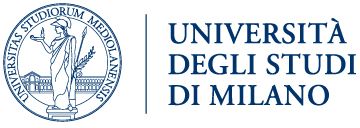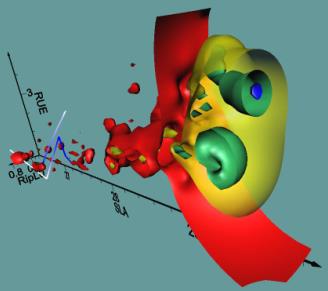Quantifying uncertainty in crop model predictions due to the uncertainty in the observations used for calibration.
 |
2016 - Ecological Modelling, 328, 72-77 |
 |
Confalonieri, R., Bregaglio, S., Acutis, M. |
Abstract:
Despite modellers are paying increasing attention to analyse and manage the different sources of uncertainty affecting model predictions, the impact of the uncertainty in the observations used for calibration has been ignored. This study proposes a methodology for its quantification and provides an illustrative case study with data collected in two field experiments where rice was grown under flooded conditions in northern Italy in 2002 and 2004. Latin hypercube sampling was used to generate virtual series of observations from the mean and standard deviation of aboveground biomass values collected during the season in the two experiments. Each of the generated series was then used to calibrate the parameters maximum radiation use efficiency and optimum temperature for growth of the WARM model by means of the simplex optimization algorithm. The analysis of the distribution of key outputs (aboveground and panicle biomass at harvest) and of agreement metrics revealed that the impact of uncertainty in the observations used for calibration (explored here running calibration experiments for each of the generated
series) can be large. The difference between maximum and minimum aboveground biomass at maturity was 2.79 t ha−1 and 3.78 t ha−1 for the datasets collected in 2004 and 2002, respectively. Corresponding values for panicle biomass were 0.97 t ha−1 and 2.36 t ha−1. In all cases, model outputs were normally distributed. Large differences were achieved also in the values of the agreement metrics, with RRMSE ranging from 13.64% to 36.22% and from 8.04% to 29.97% for the 2004 and 2002 datasets. The methodology proposed – although applicable to a variety of models and domains – deals only with the uncertainty due to random errors, which could derive, e.g. from non-representative sampling or from the repeatability of the method used to determine the variable of interest. Other sources of uncertainty, like those involved with systematic errors, need to be addressed in further studies. This study highlighted the need for conceptual and mathematical frameworks where the different sources of uncertainty affecting model predictions can be analysed in an integrated way.
series) can be large. The difference between maximum and minimum aboveground biomass at maturity was 2.79 t ha−1 and 3.78 t ha−1 for the datasets collected in 2004 and 2002, respectively. Corresponding values for panicle biomass were 0.97 t ha−1 and 2.36 t ha−1. In all cases, model outputs were normally distributed. Large differences were achieved also in the values of the agreement metrics, with RRMSE ranging from 13.64% to 36.22% and from 8.04% to 29.97% for the 2004 and 2002 datasets. The methodology proposed – although applicable to a variety of models and domains – deals only with the uncertainty due to random errors, which could derive, e.g. from non-representative sampling or from the repeatability of the method used to determine the variable of interest. Other sources of uncertainty, like those involved with systematic errors, need to be addressed in further studies. This study highlighted the need for conceptual and mathematical frameworks where the different sources of uncertainty affecting model predictions can be analysed in an integrated way.
 |
Keywords: Calibration, Latin hypercube sampling, model uncertainty, simplex optimization method, WARM |
 |
DOI: 10.1016/j.ecolmodel.2016.02.013 |
- Comparison of three calibration methods for modeling rice phenology
- A simple pipeline for the assessment of legacy soil datasets: An example and test with soil organic carbon from a highly variable area.
- A high-resolution, integrated system for rice yield forecasting at district level.
- Downscaling rice yield simulation at sub-field scale using remotely sensed LAI data.
- Analysis and modelling of processes involved with salt tolerance and rice.
- Estimating crop nutritional status using smart apps to support nitrogen fertilization. A case study on paddy rice.
- Development of generic crop models for simulation of multi-species plant communities in mown grasslands.
- Quantifying uncertainty due to stochastic weather generators in climate change impact studies
- Predicting rice blast disease: machine learning versus process-based models
- Boundaries and perspectives from a multi-model study on rice grain quality in Northern Italy.





